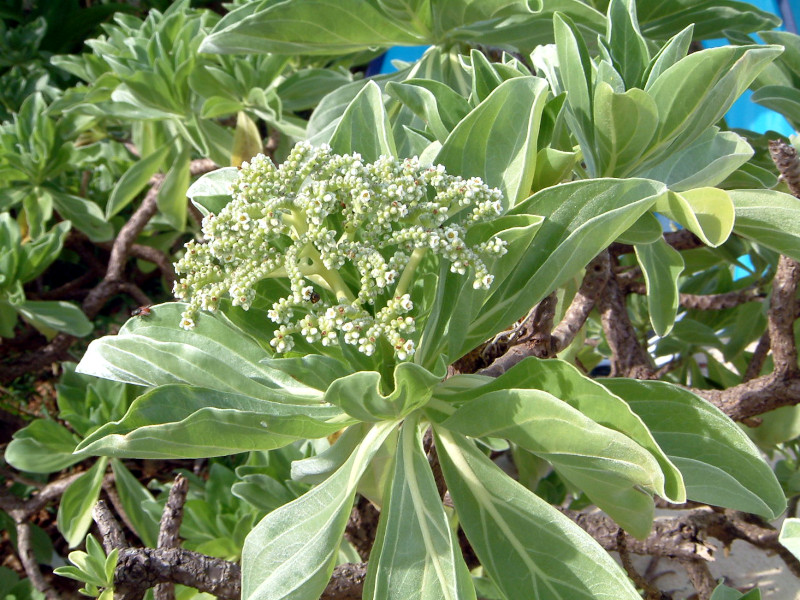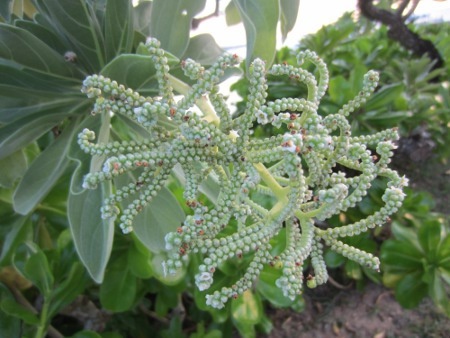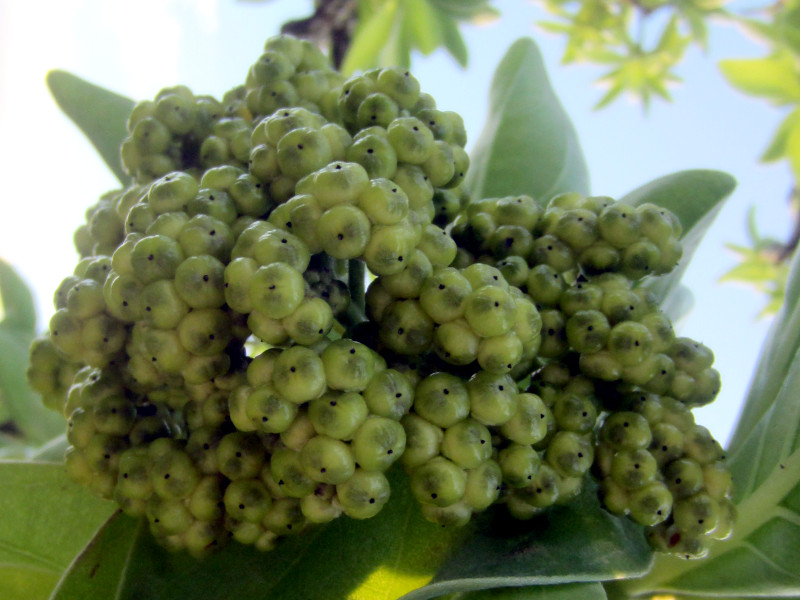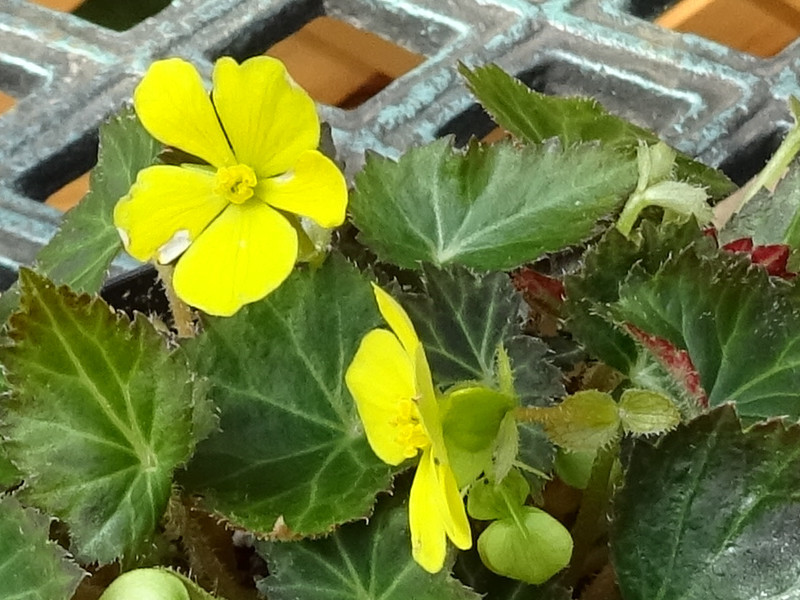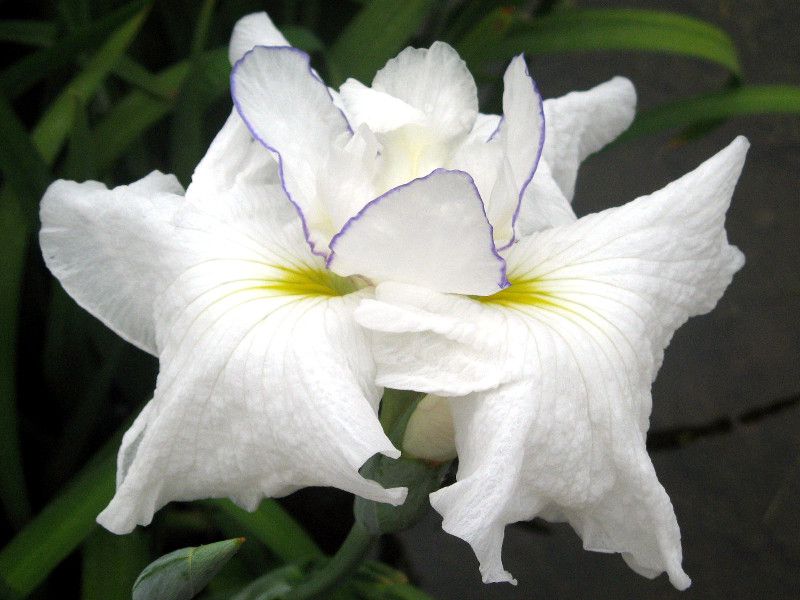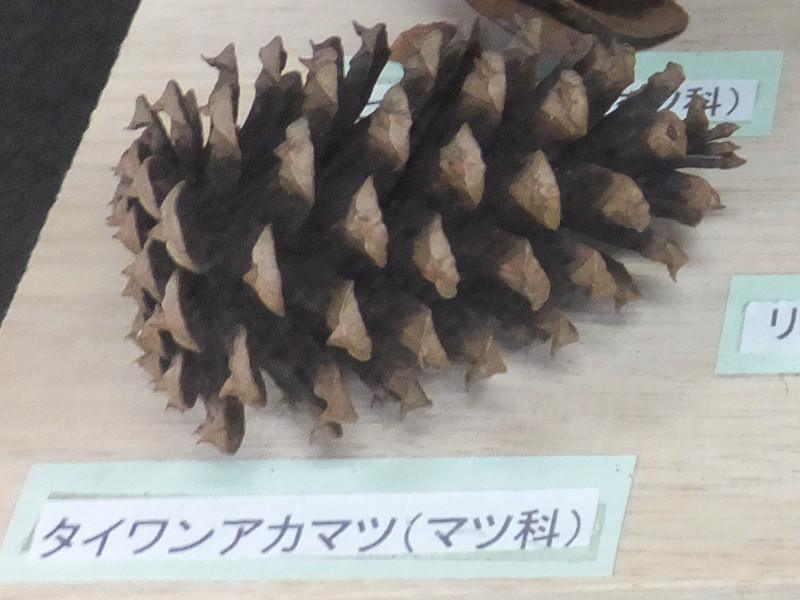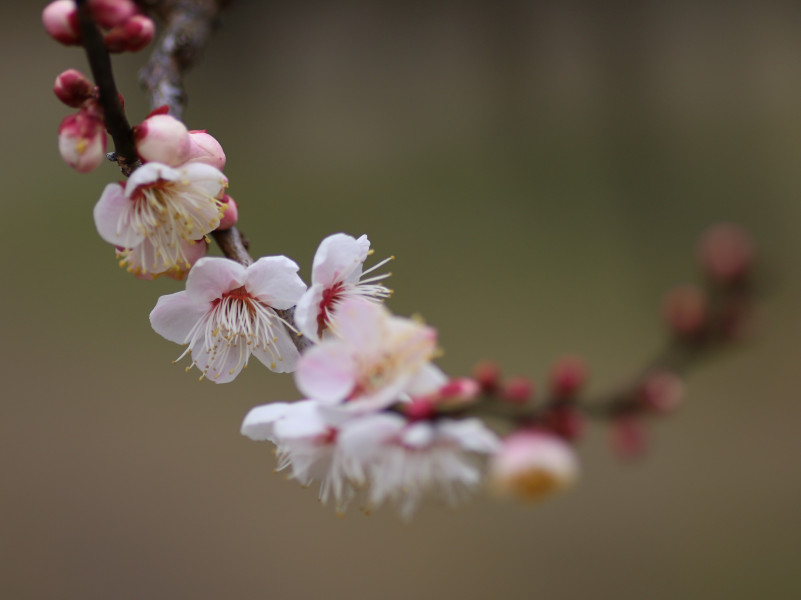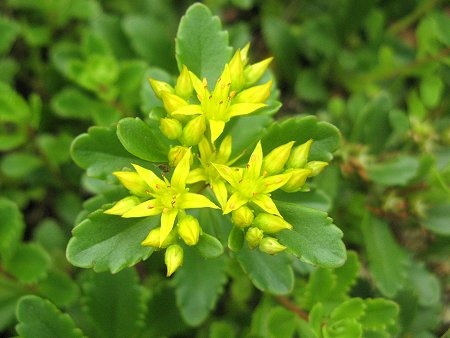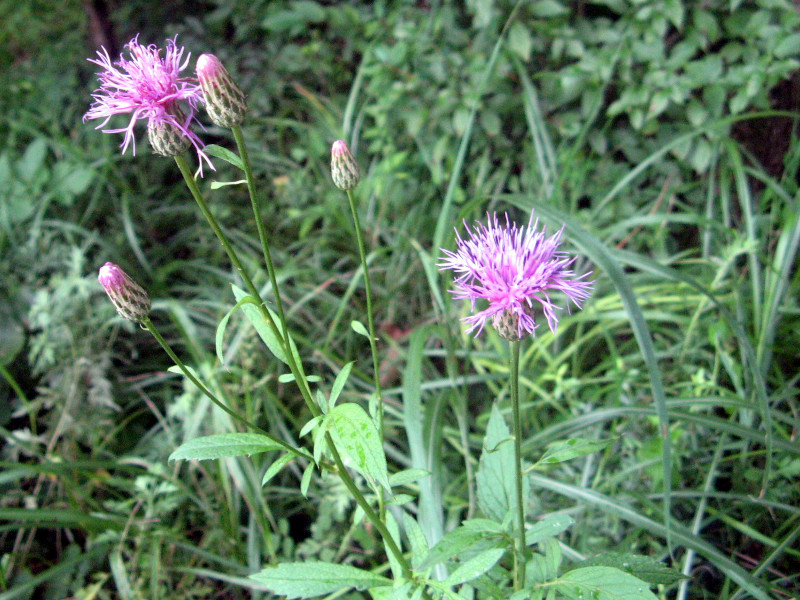Beach heliotrope
- Flower nameBeach heliotrope
- Scientific nameHeliotropium foertherianum
- Aliasハマムラサキノキ, 浜紫の木, 紋羽の木, Beach heliotrope
- Place of originthe tropical and subtropical coastal regions of Madagascar, Asia and Oceania
- Place of floweringSeashore, Subtropical region, Okinawa
- Flowering seasonMay, June
What is Beach heliotrope
Beach heliotrope (scientific name: Heliotropium foertherianum) is an evergreen shrub in the family Epiphyllaceae, native to the tropical and subtropical coastal regions of Madagascar, Asia and Oceania. It grows in clusters on sandy beaches and rocky areas such as raised coral reefs. In Japan, it is native to Amami Oshima Island and the Okinawa Islands. The trunk is soft and easily broken with a well-developed cork layer. The height of the tree is 1-3 m, but some can reach 10 m. The large leaves are concentrated at the ends of the branches. The large leaves grow in clusters at the ends of branches in an alternating pattern. Its name comes from the light green color and fleshy foliage, which is velvety with dense white hairs on the front and back. In summer, it produces many small white, bell-shaped flowers in cone-shaped florets. The flowers are followed by small spherical green fruits, which turn yellow and ripen to black with time. The fruit is carried by the Kuroshio Current.
Common name: Beach heliotrope, Scientific name: Heliotropium foertherianum, Other name:Beach purple wood, Place of origin: the tropical and subtropical coastal regions of Dagascar, Asia, and Oceania, Habitat Distribution: Amami Oshima Island and the Okinawa Islands, south of Amami Oshima in Japan, Habitat Distribution: Rocky ground, such as coastal sandy soil and raised coral reefs, Living type: evergreen shrub, height: 1-3 m (some up to 10 m), trunk diameter: 30 cm, Leaf color: green, leaf texture: fleshy and velvety with dense, fine hairs on the front and back, Leaf length: 10-15 cm, leaf shape: inverted oval lanceolate, inflorescence: alternate growth concentrated at the ends of branches, flowering season: May-June, Inflorescence: Scorpioid/conical congregate inflorescence, small diameter: 0.5 cm, inflorescence form: scorpioid/conical, Flower shape: bell-shaped, flower color: white, fruit diameter: 0.5 cm, flower shape: bell-shaped, Fruit shape: spherical; fruit color: green → yellow → black; Remarks: the wood is soft and easy to break; resistant to salt damage; uses: garden tree, park tree, folk medicine, windbreak sand forest; leaves edible.
